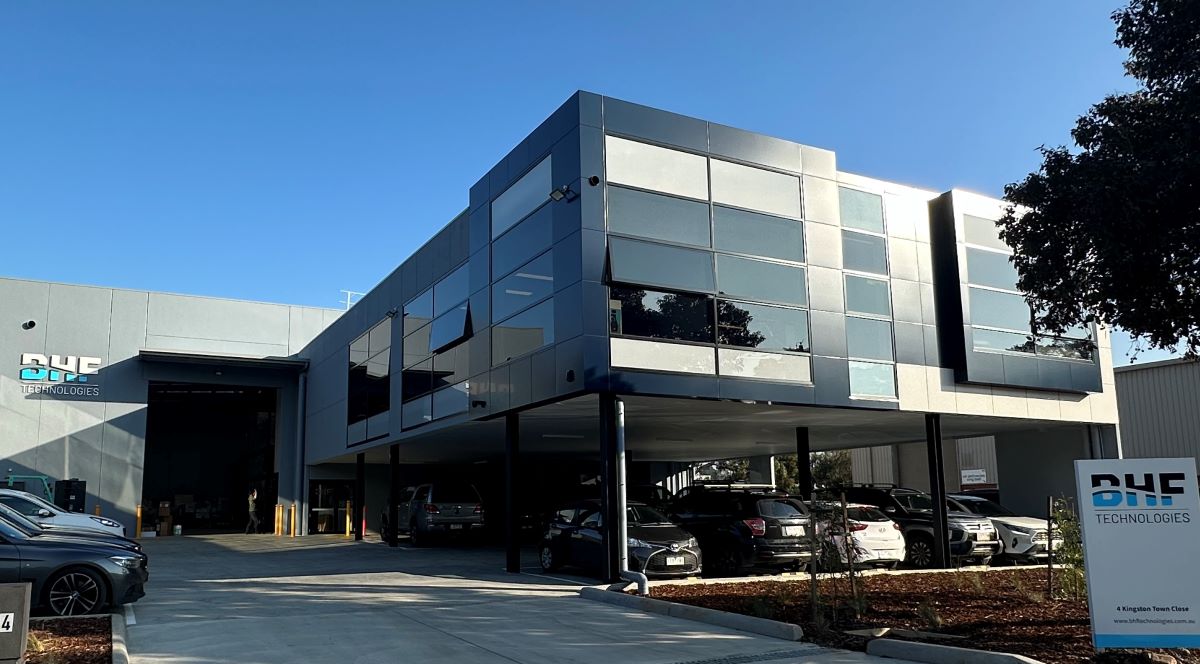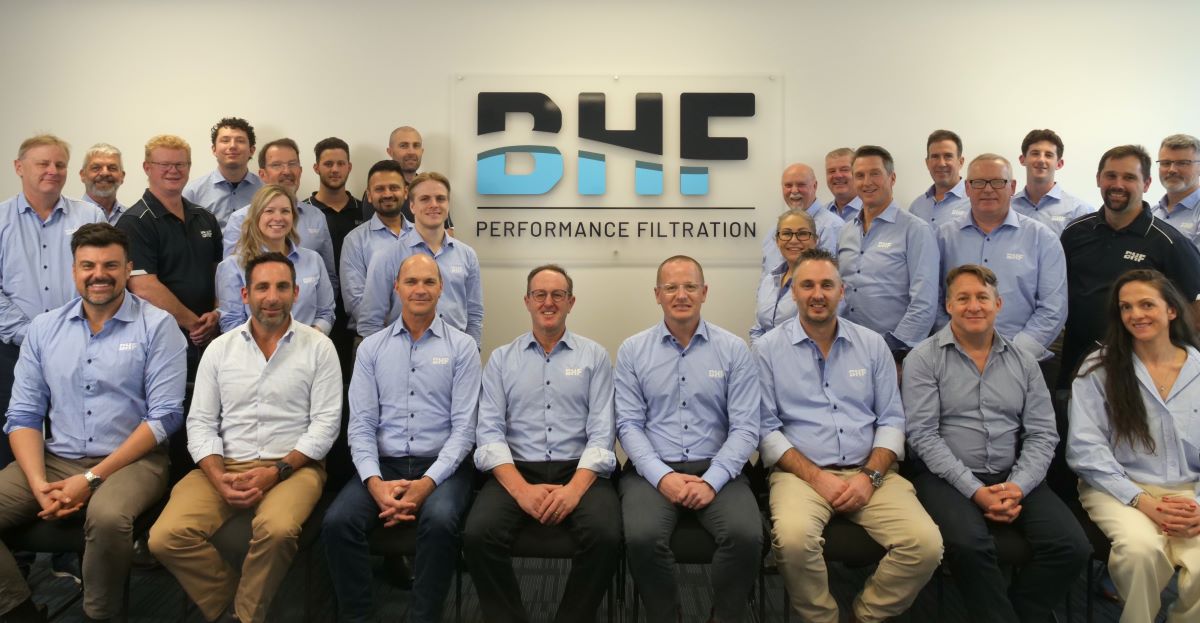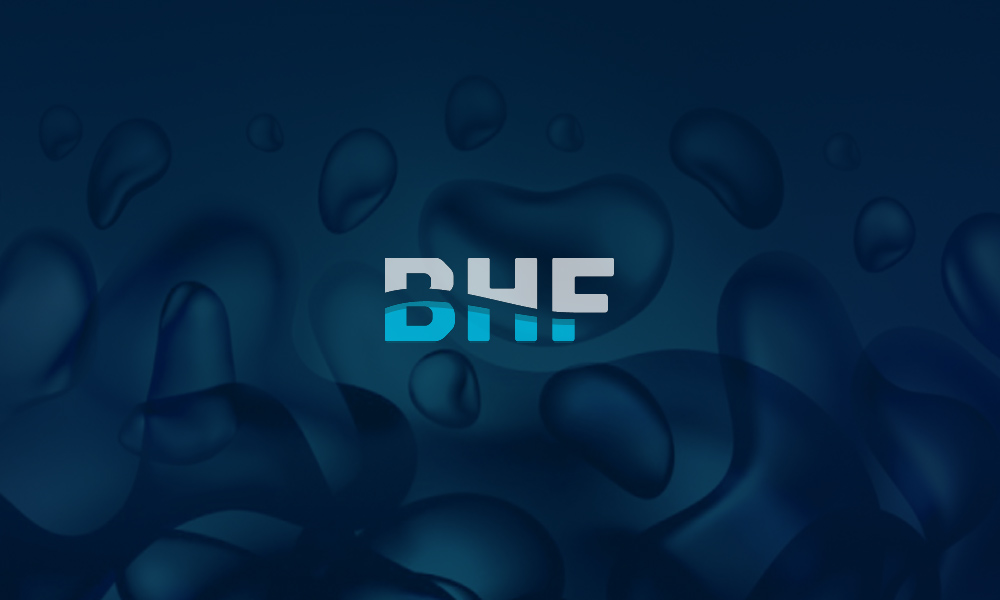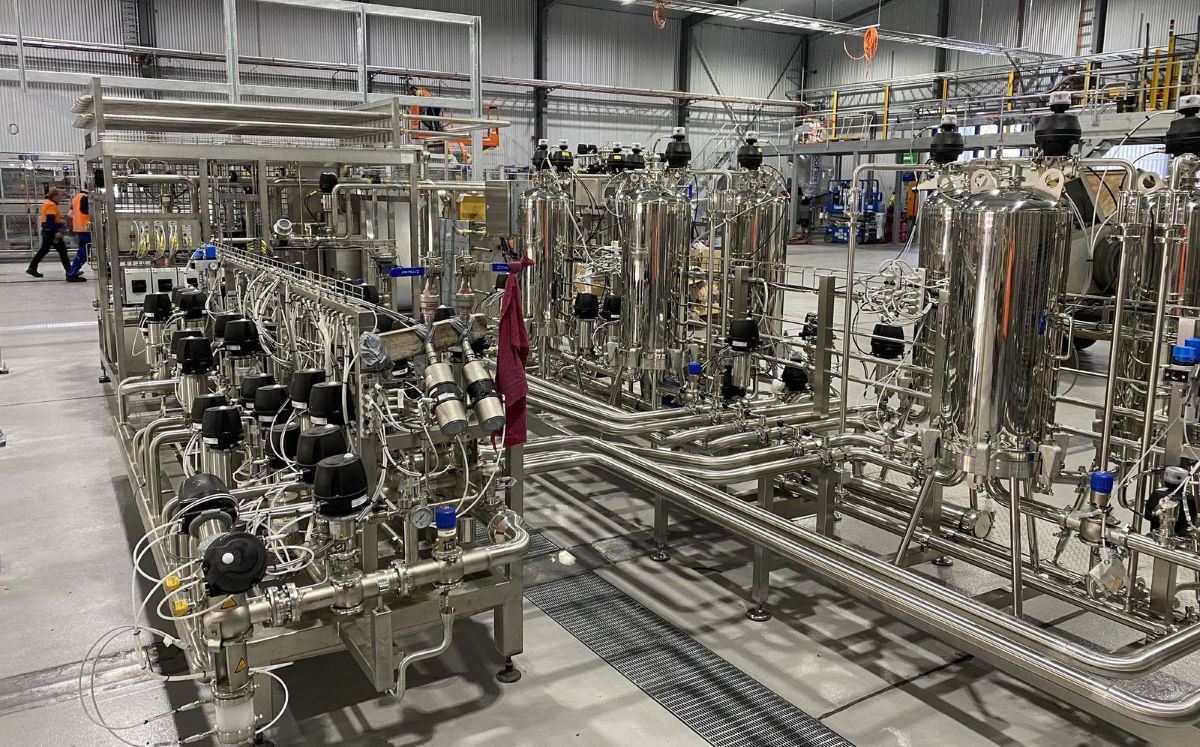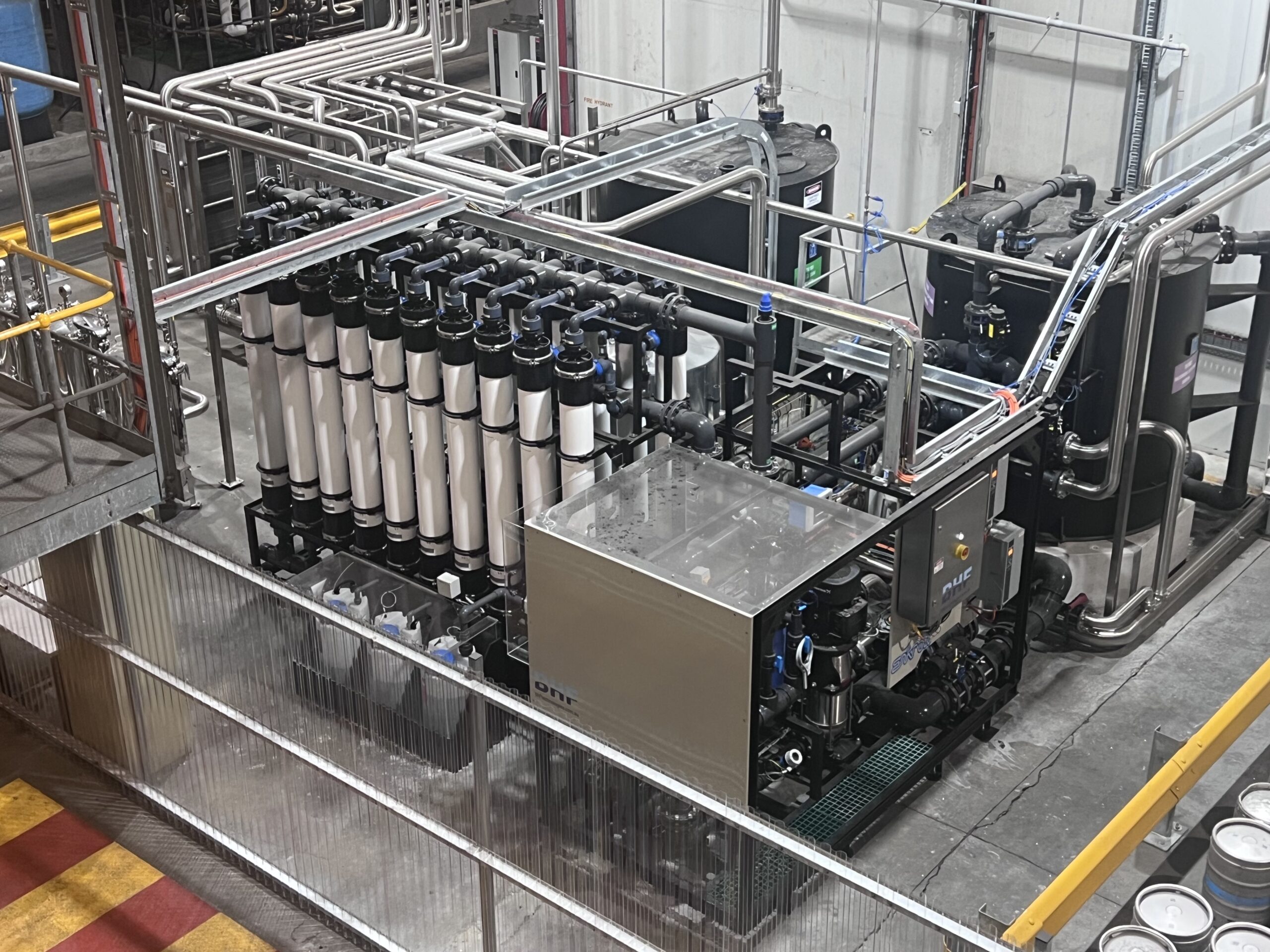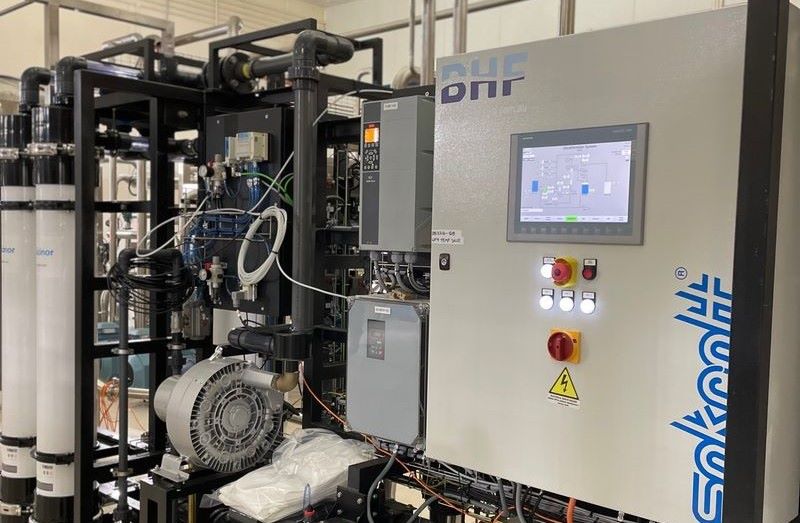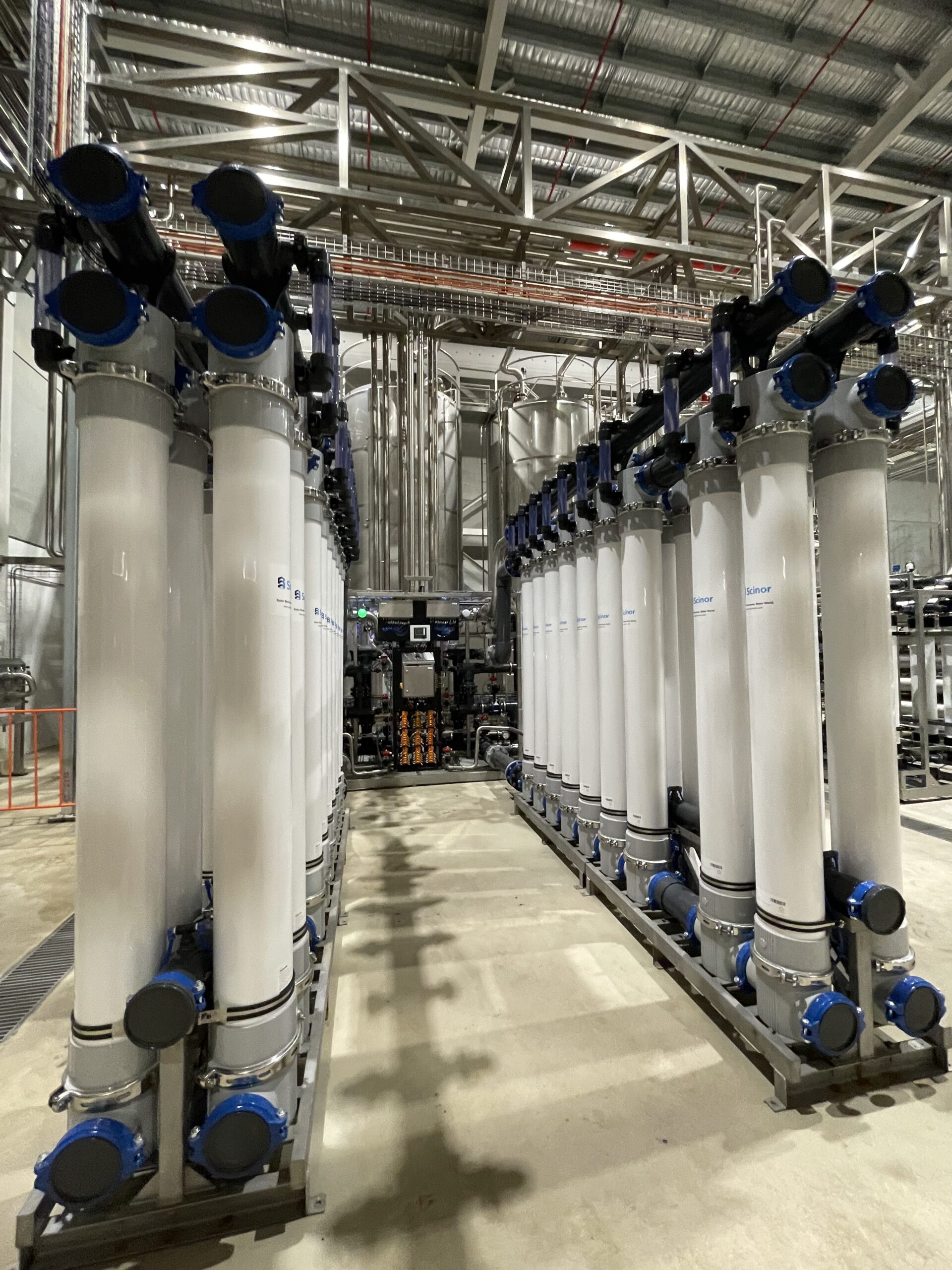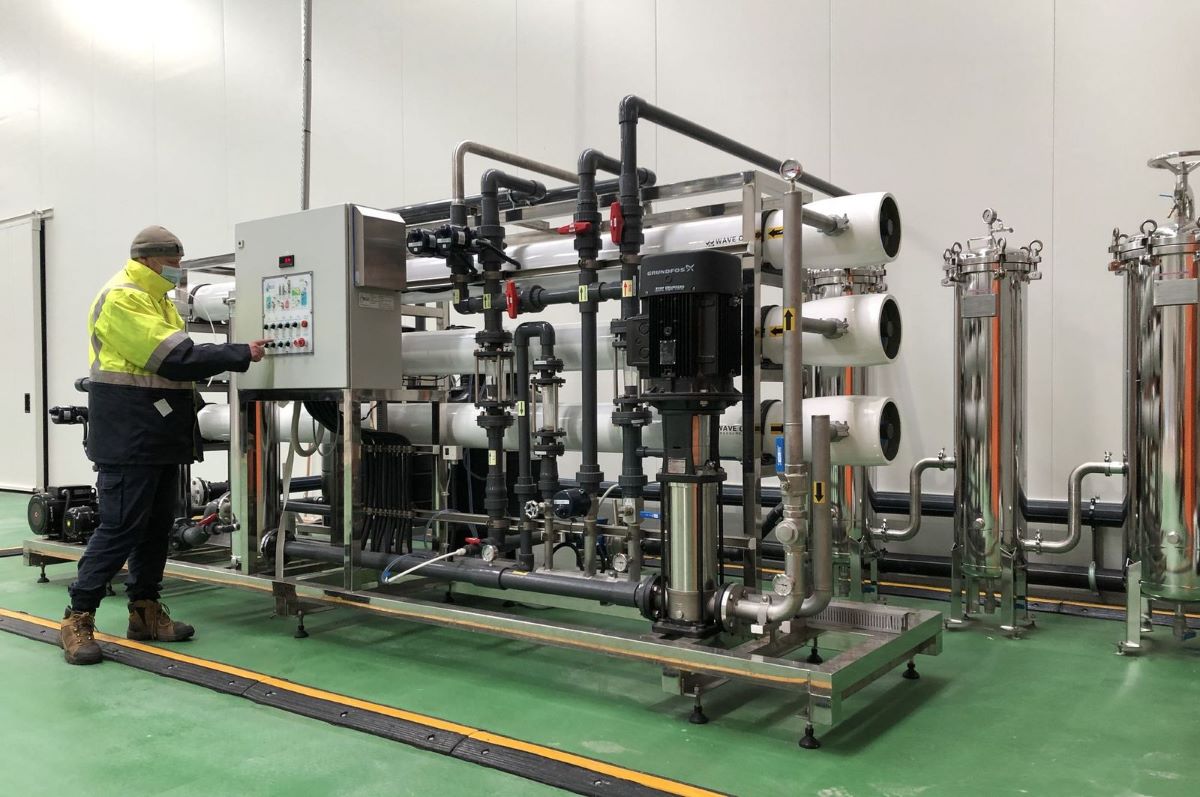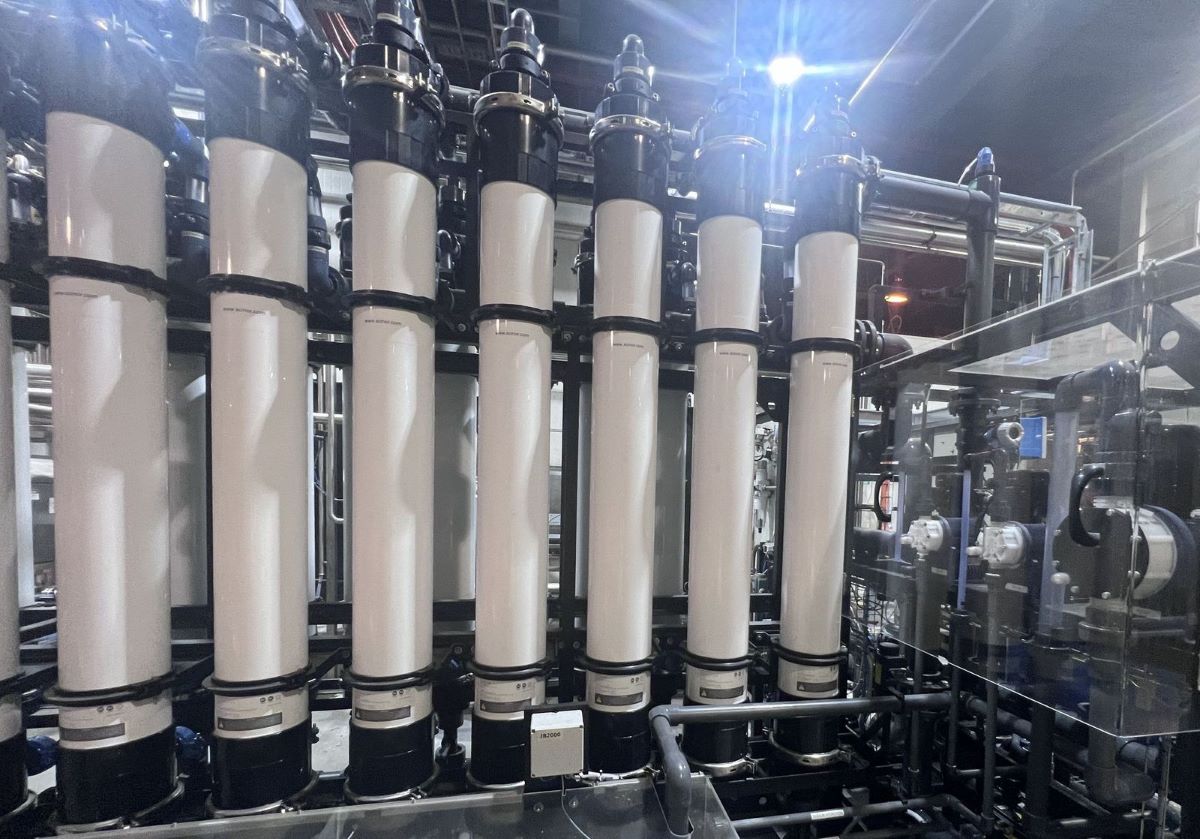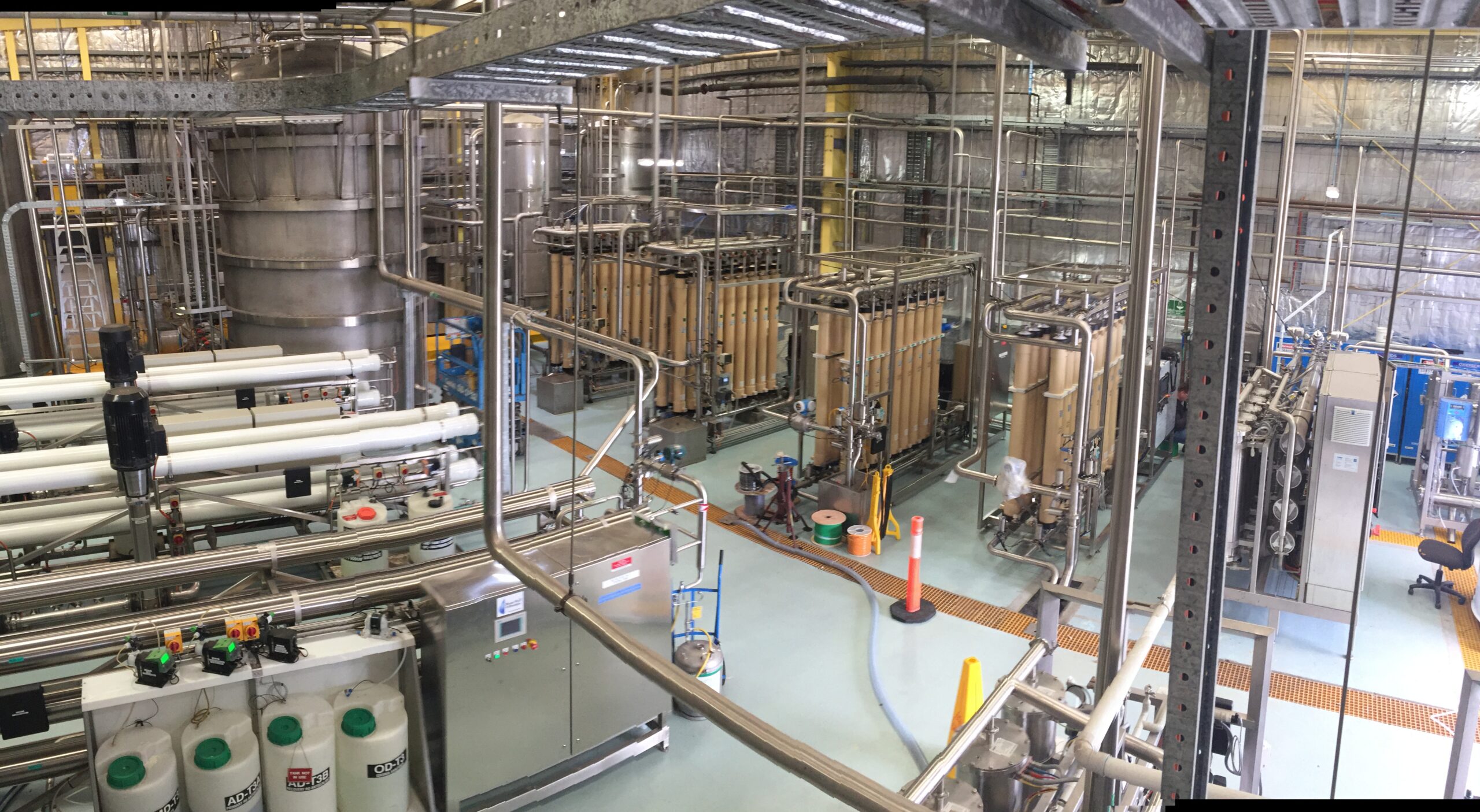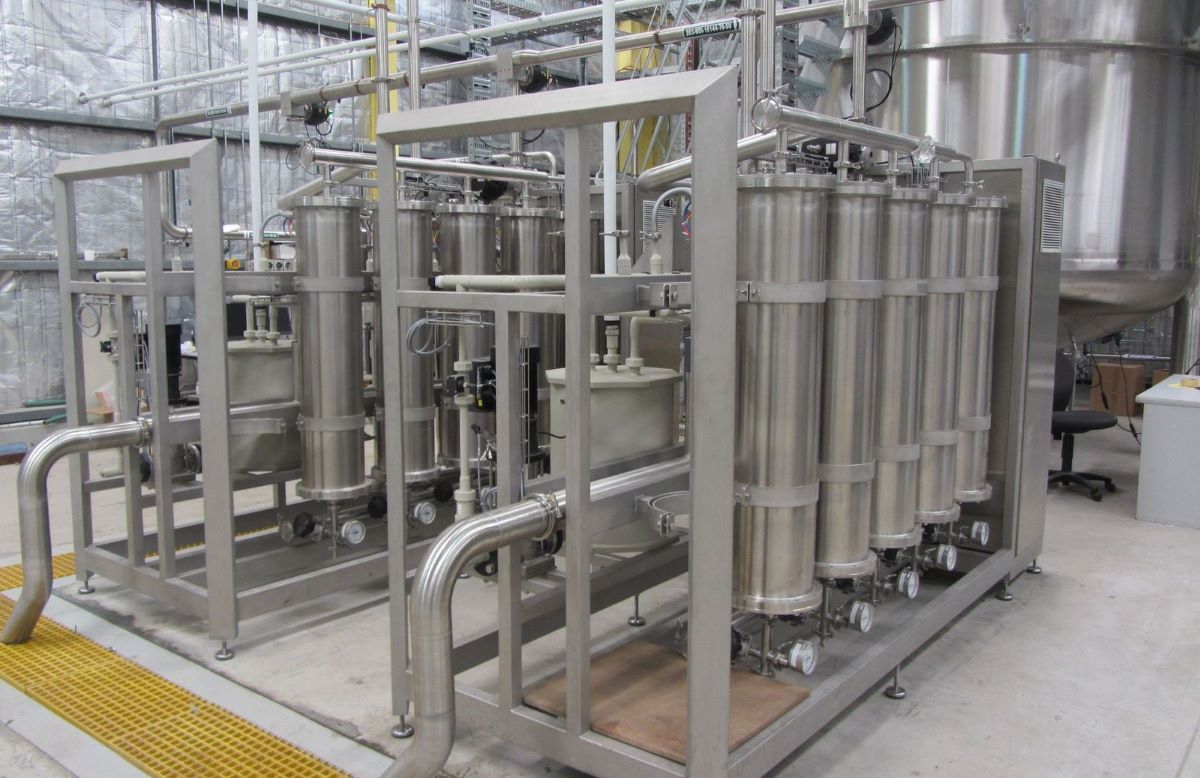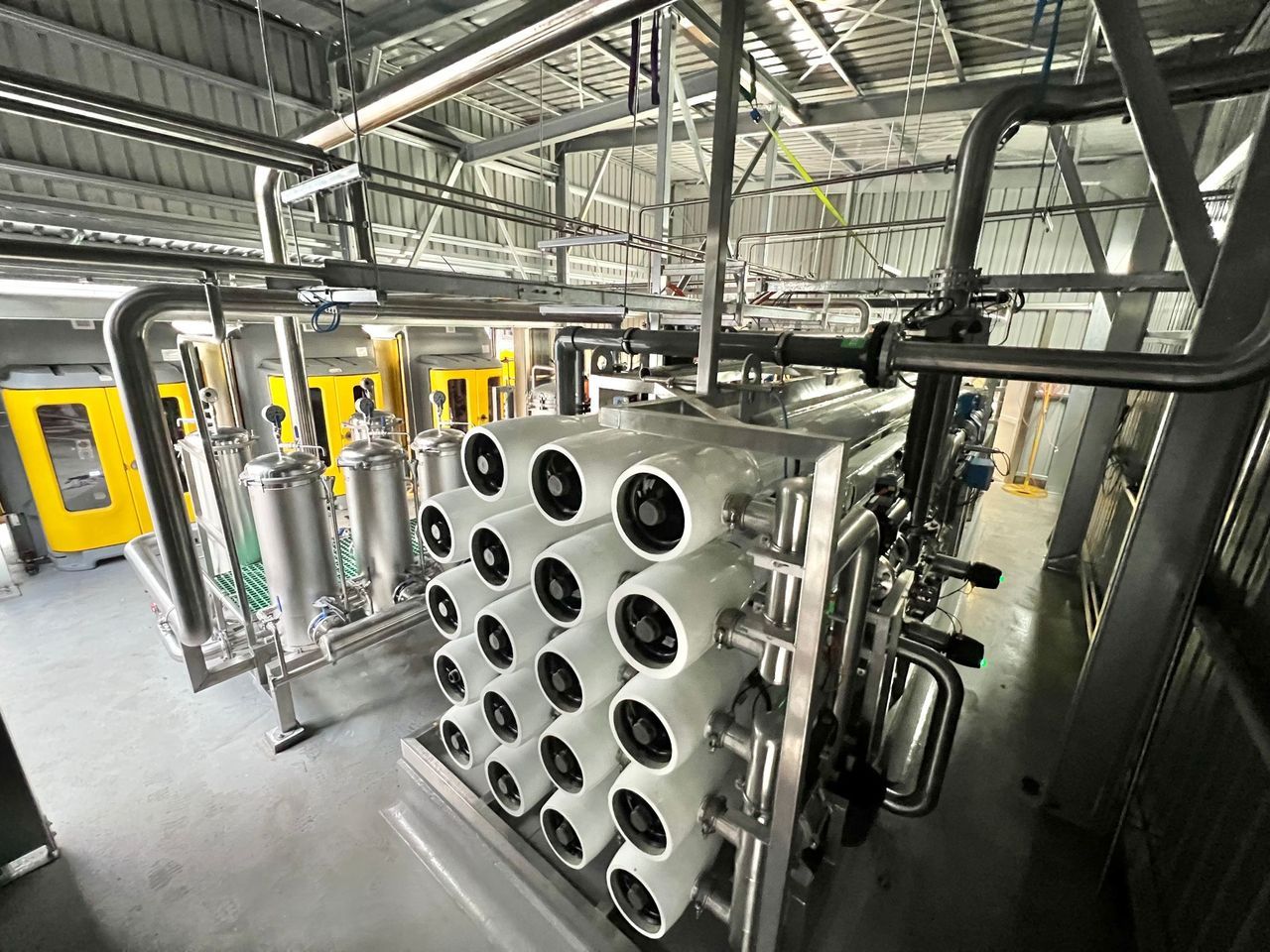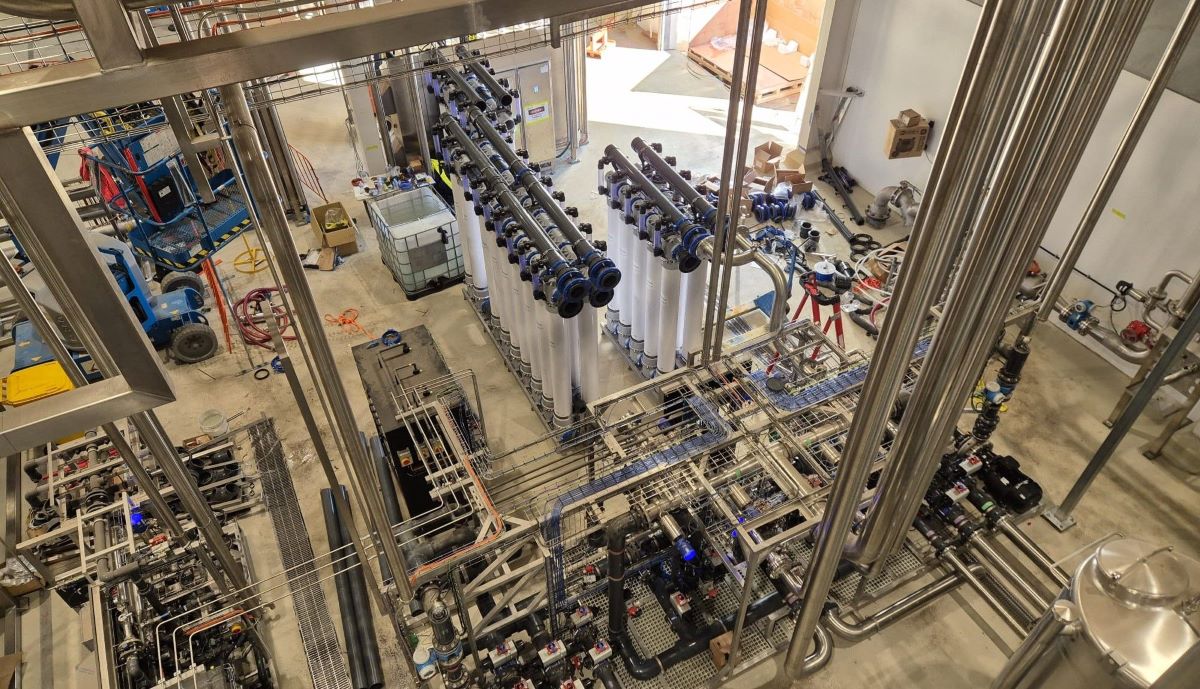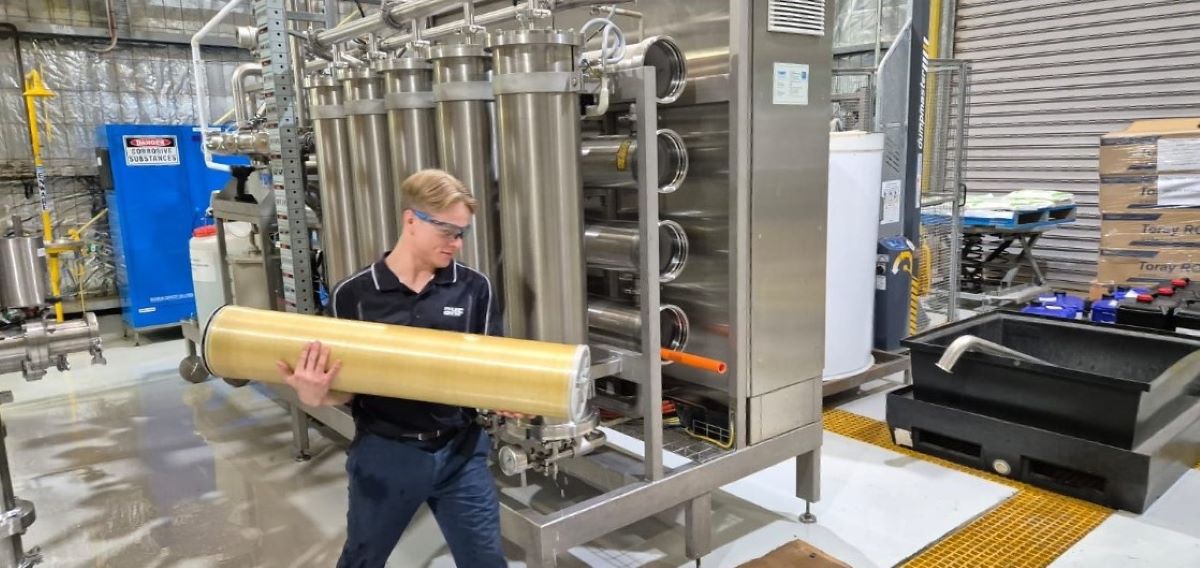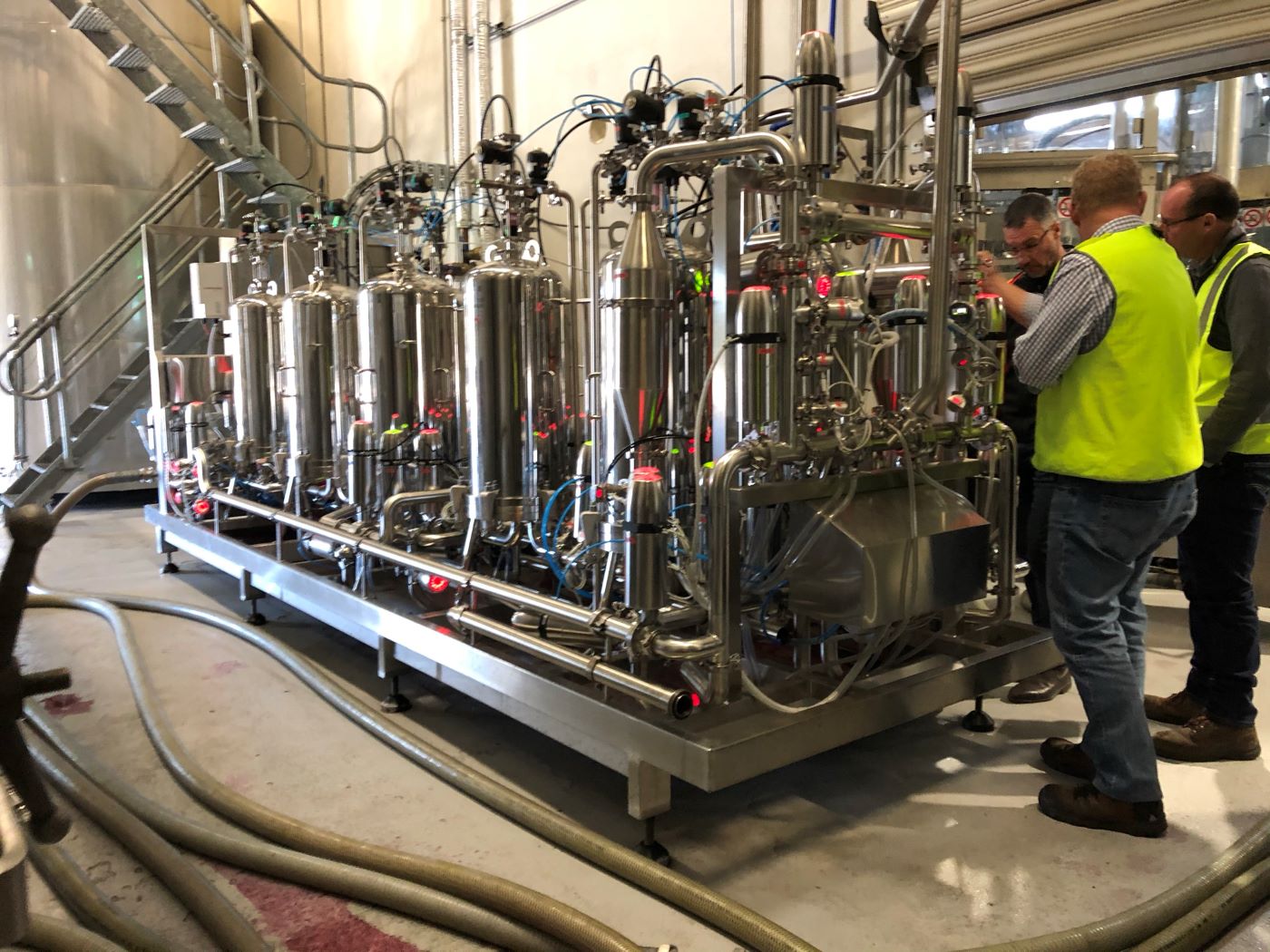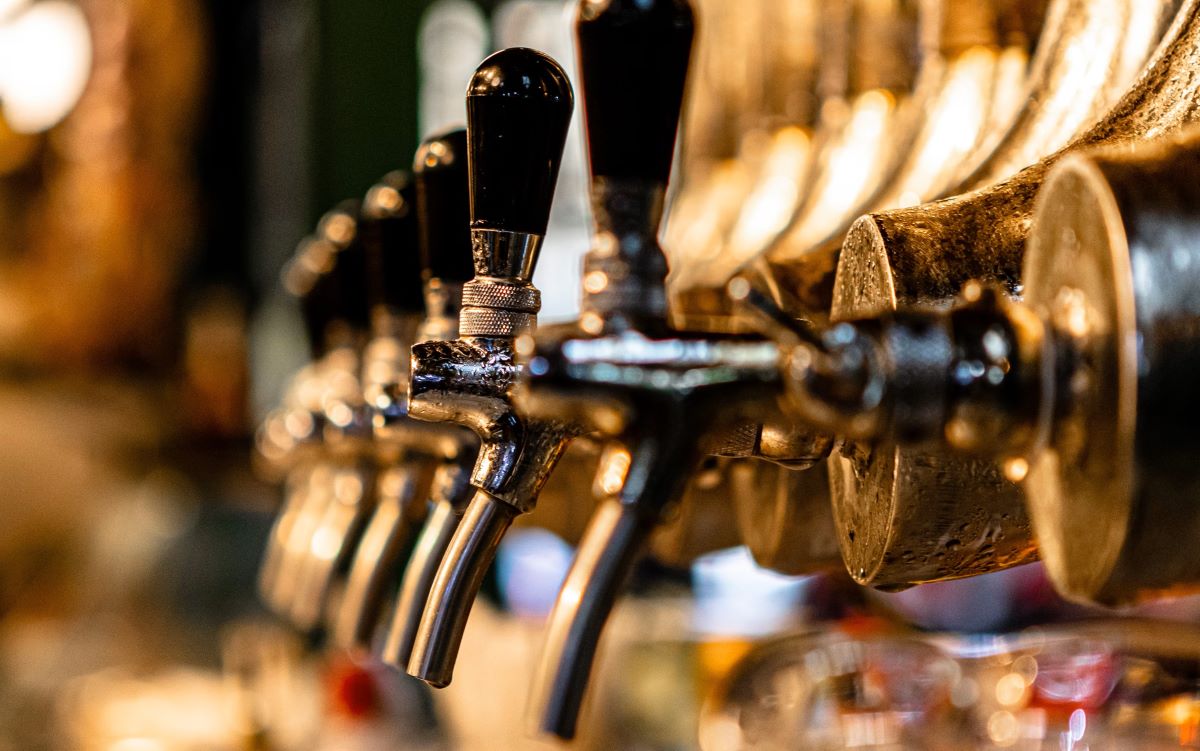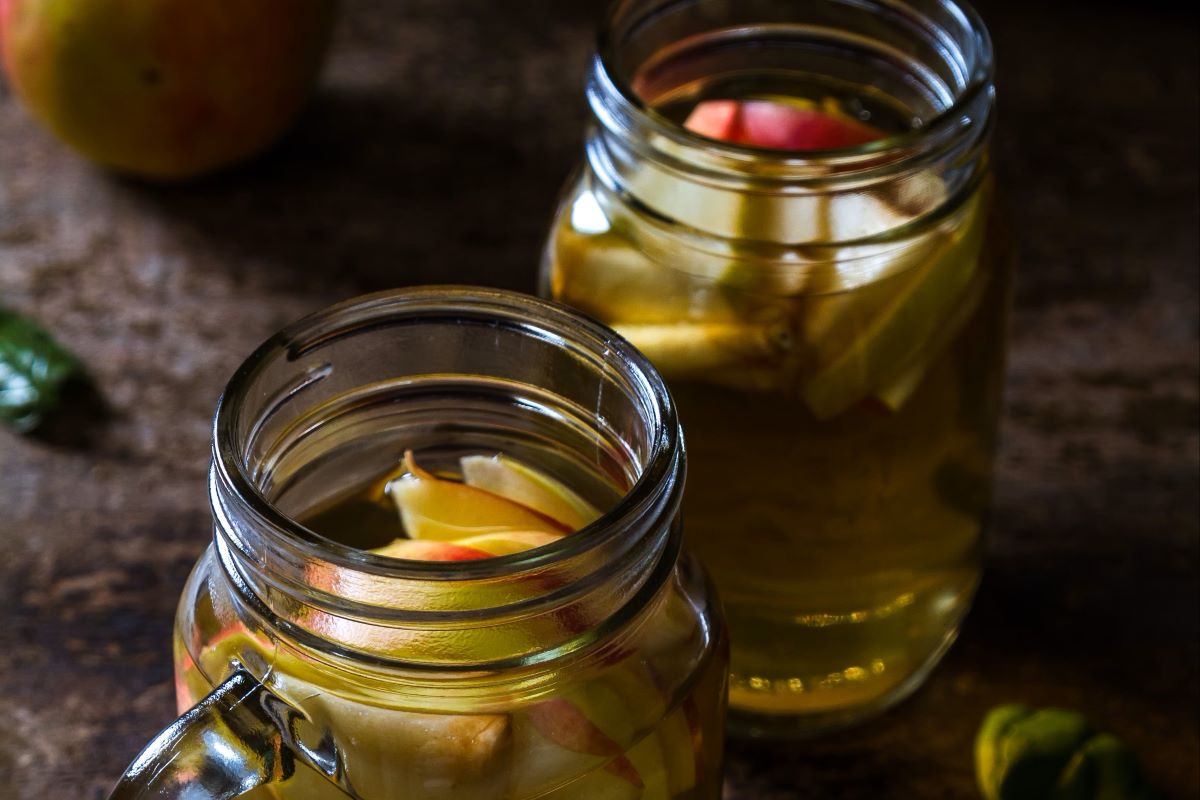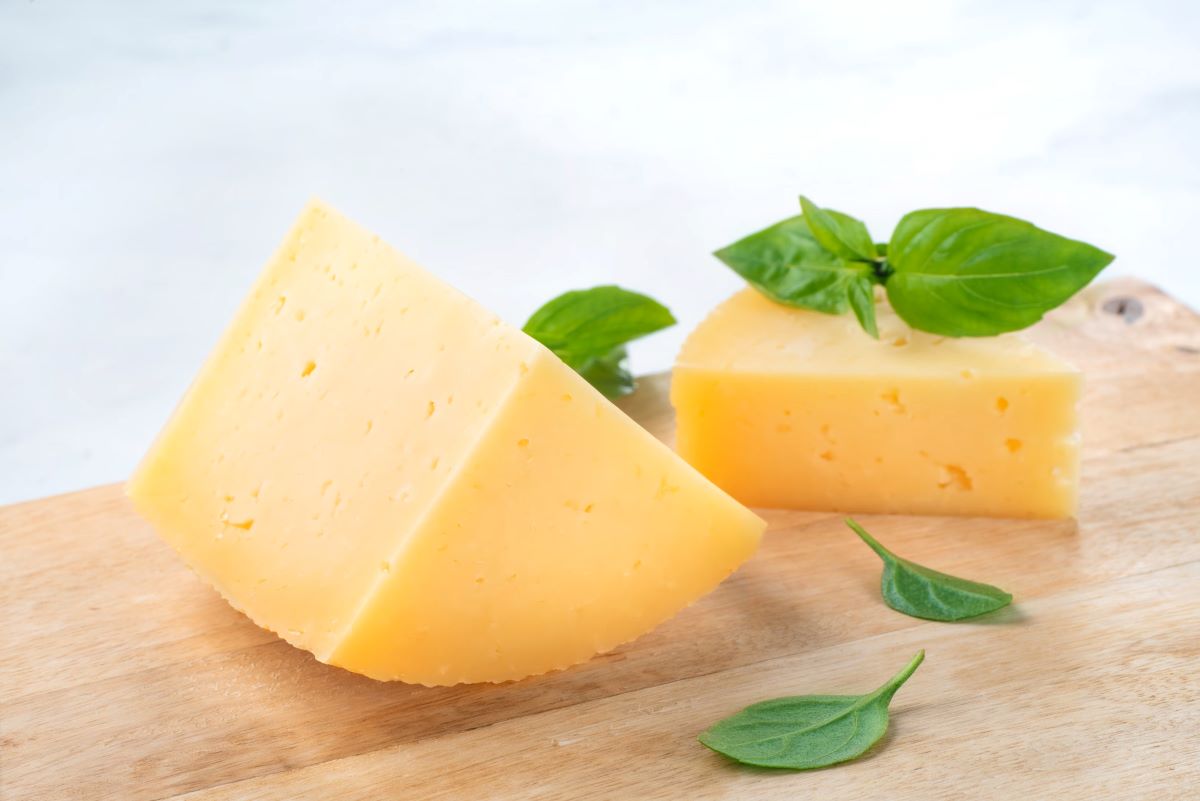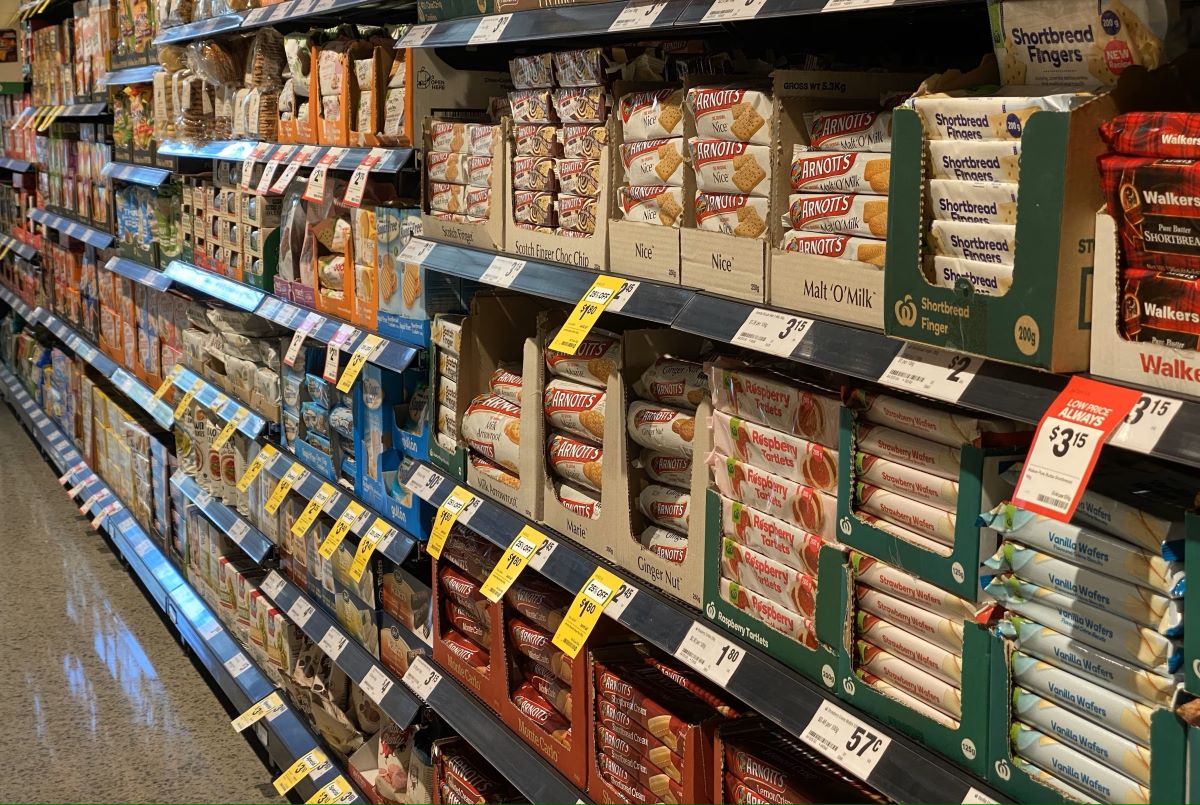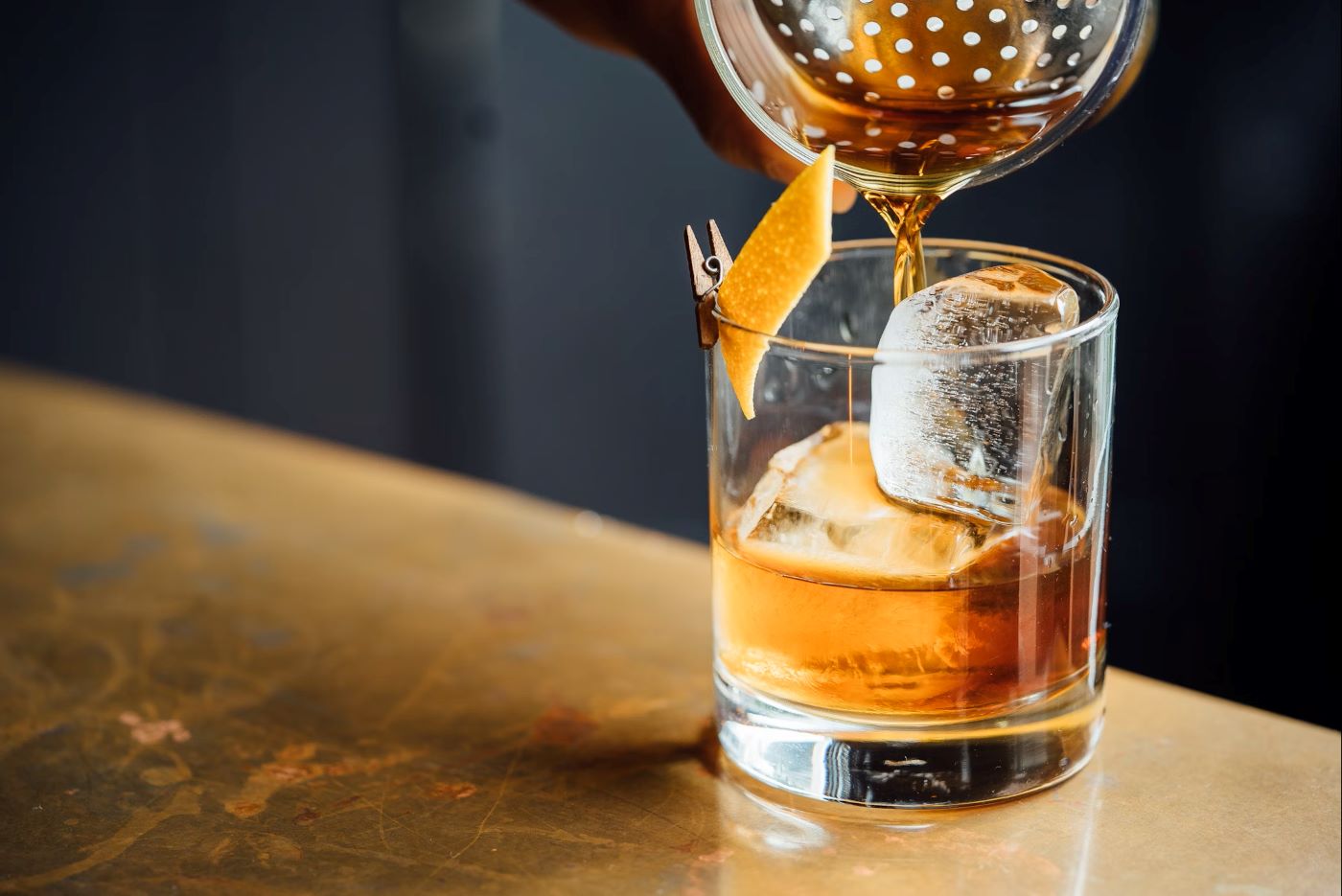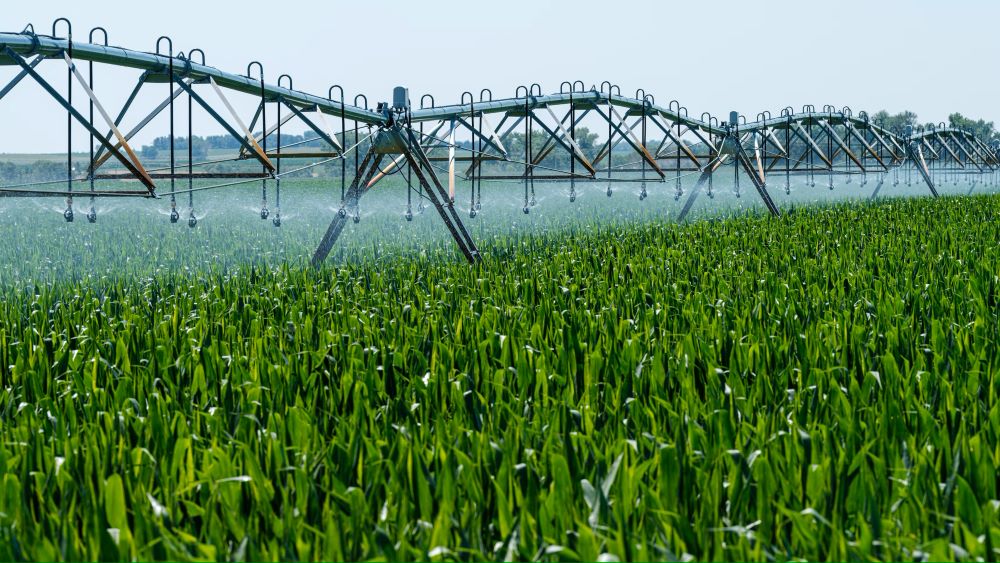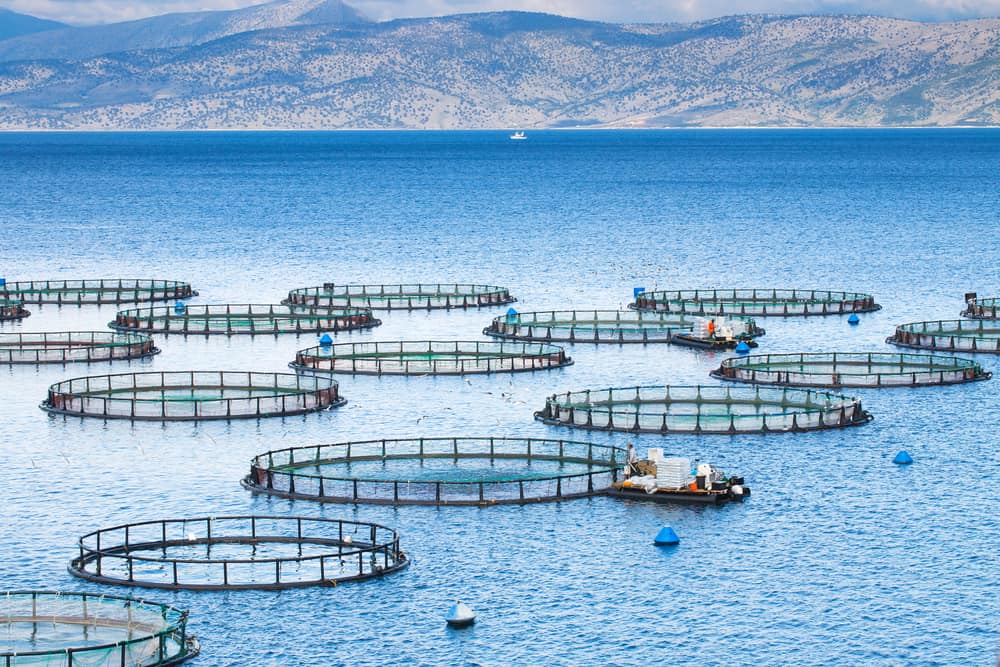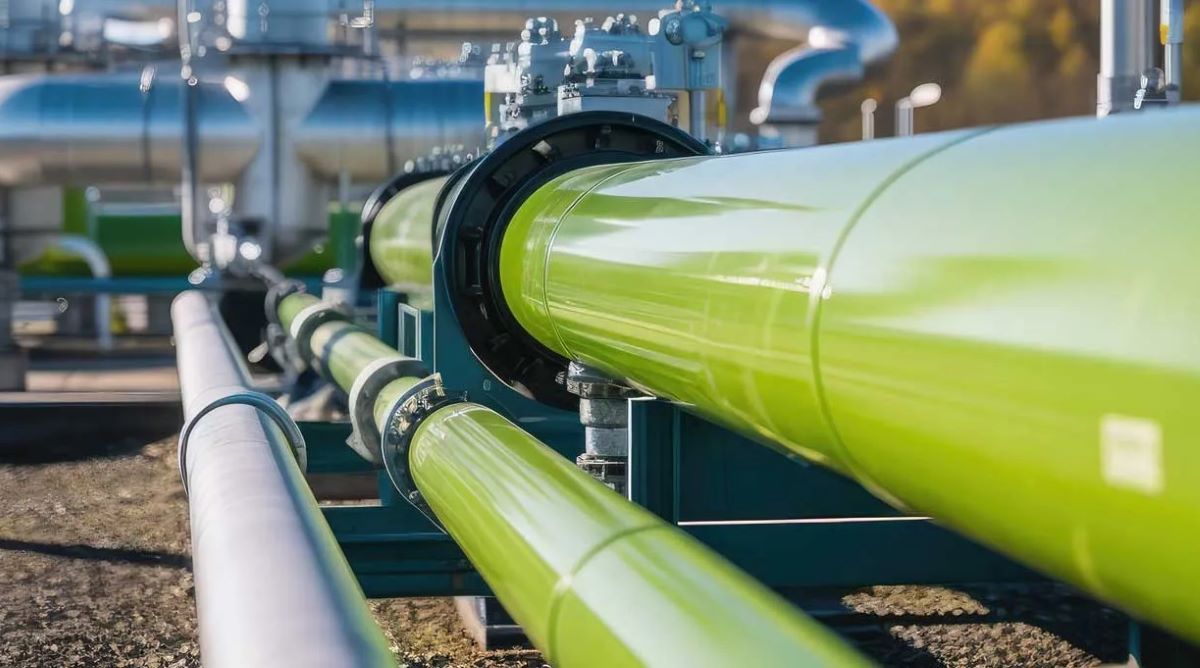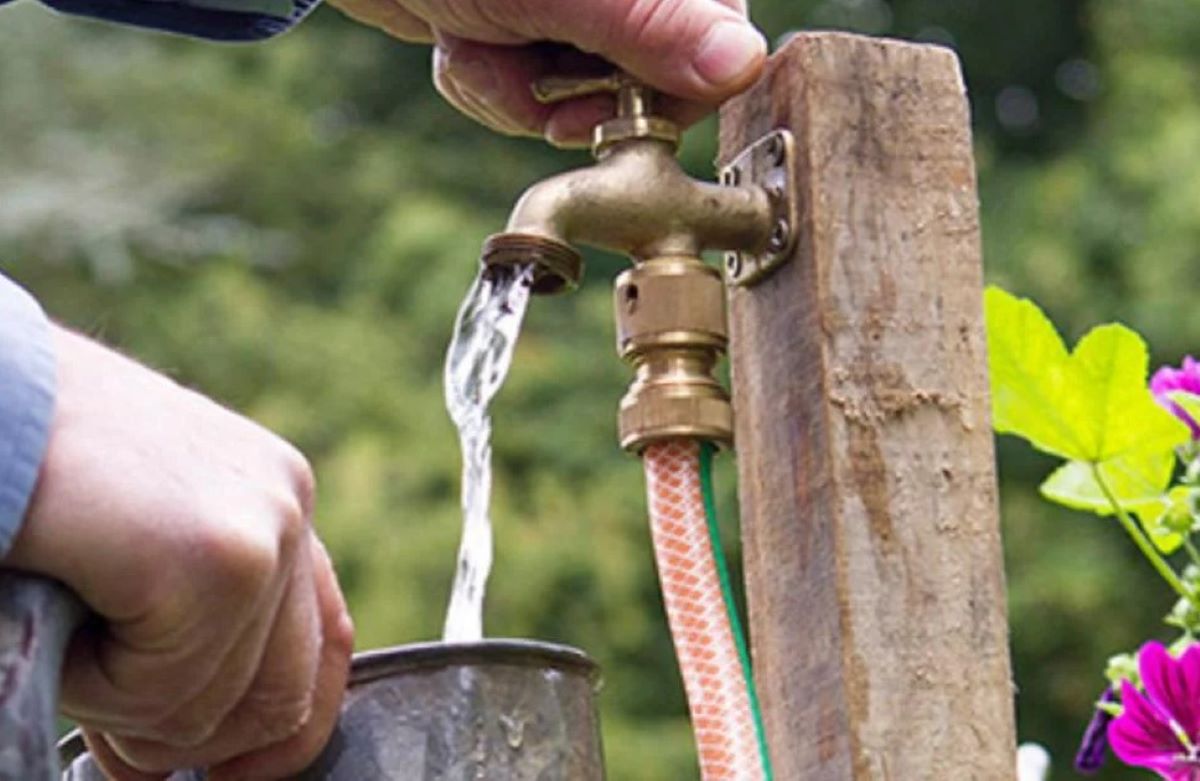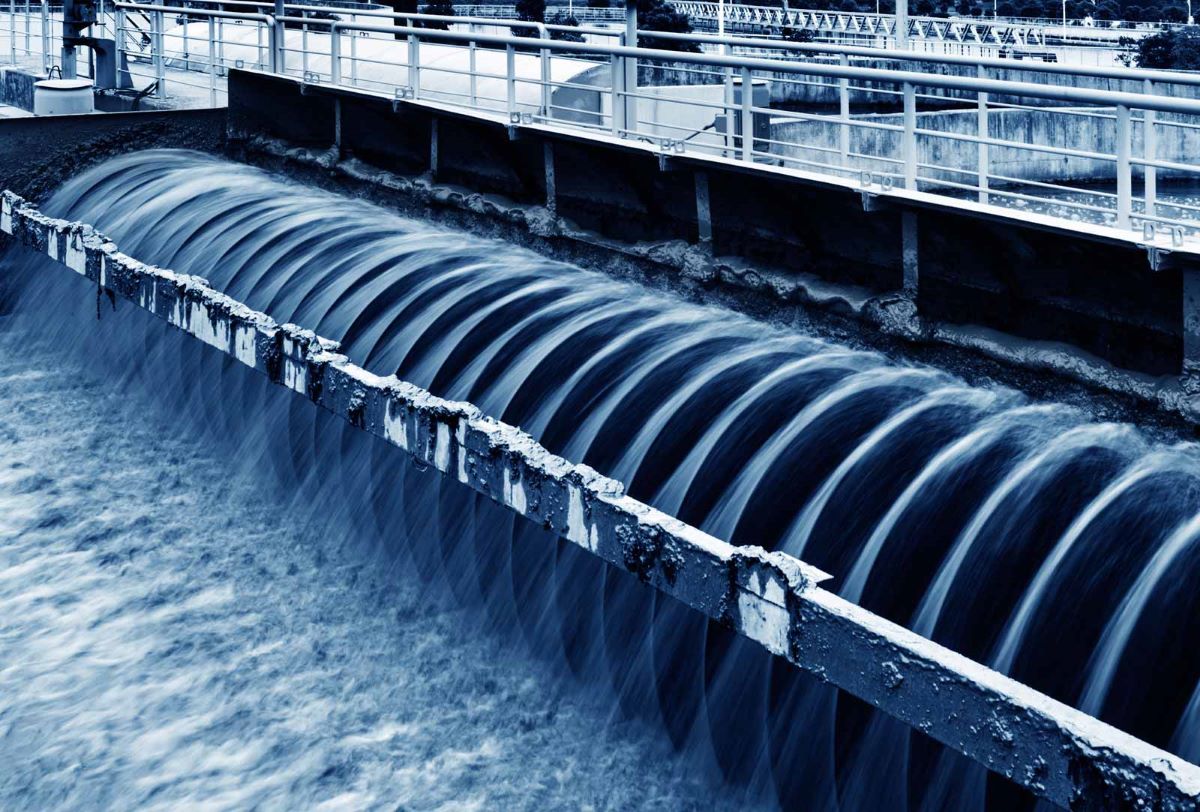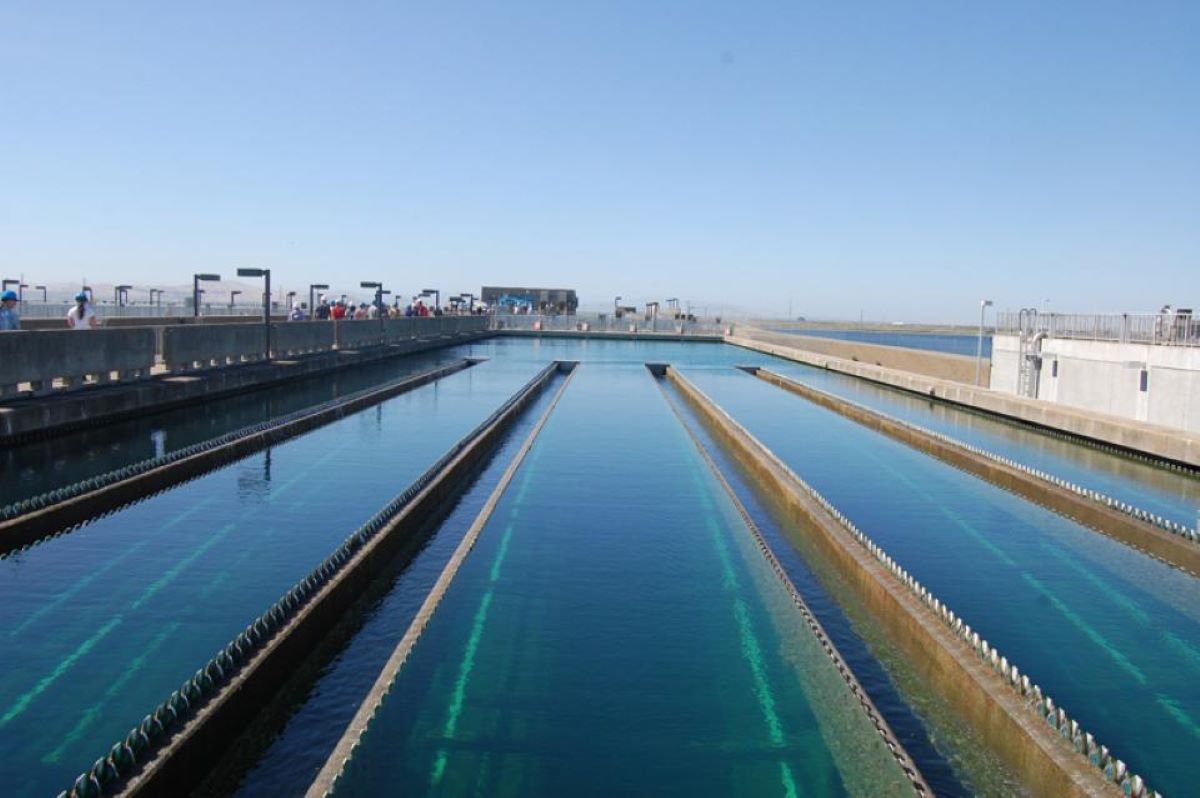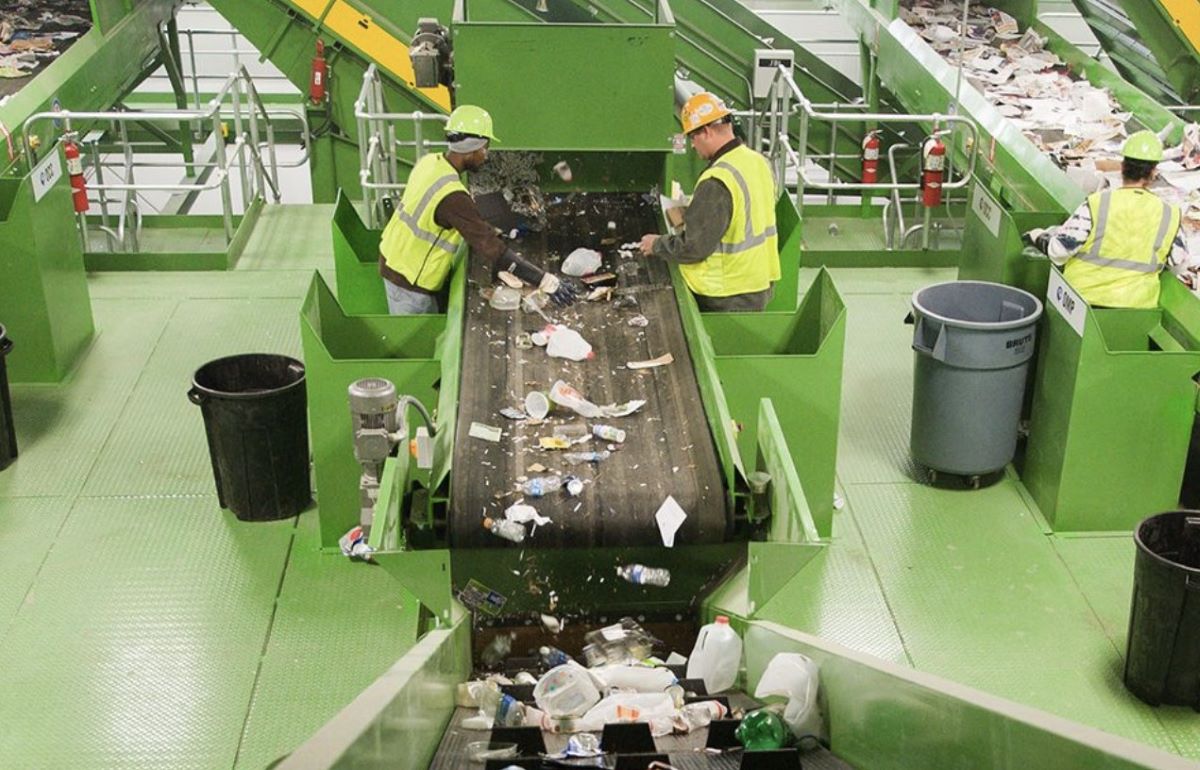Modern Commercial Yeast Selection, Part 1: Isolates
There are many suppliers of winemaking products in the global oenological market. Typically, products are categorised into groups such as nutrients, enzymes, tannins, bacteria etc. Perhaps the most interesting product category is yeast. Although there are still some winemakers who feel that yeasts contribute little or nothing to the style and organoleptic characteristics of a wine and are simply there to metabolise sugar, it is fair to say that the majority accept the manifold significant influences that a selected yeast strain has on the final wine, specifically in terms of aromas, structure, mouthfeel and even wine chemistry. Winemakers almost always have favourite yeast strains, which is a strong indication that a large degree of personal resonance applies when selecting yeast, perhaps above all other oenological product categories.
How then do suppliers obtain these yeast strains and deliver them to market? Is this a simple process or is it rather painstaking and horribly investigative? If you are leaning towards the latter, you are correct, but the process is possibly even more involved than you might think! Two case studies will be discussed, in order to illustrate the differences in development processes between different yeast strain types. In this first article we will examine isolate yeasts.
Classes of yeast
For the purposes of these articles yeasts will be classified as either isolates or hybrids, and only Saccharomyces cerevisiae will be discussed to keep it simple. Isolate strains are those that are obtained from nature, typically from a vineyard or wine, in an unmolested state, without any level of modification or manipulation. Hybrid strains are those produced through parental strain selection and forced breeding under laboratory conditions (Bowyer et al, 2017). Both strain origins offer pros and cons and neither involves genetic modification. It is logical to assume that isolates are less work for the producer given that the strain already exists in nature, but this is not necessarily the case, as will be seen.
Isolate yeasts
Many of the older commercial yeast strains are isolates, as the technique of hybridisation was only commercialised in the early 90’s. Older yeasts were typically harvested form vineyards or wines with good pedigree, based anecdotally on historical wine characteristics, with the dominant yeast strain being cultured and released commercially without further investigation. For this reason, some older yeast strains are no longer deemed ideal for modern winemaking, principally due to the higher Baumés observed in must today and our improved knowledge of other important characteristics such as volatile acidity (VA), inhibitory fatty acid production and SO2 production (both relevant for MLF). Historically, none of these parameters were the basis for the selection of older yeast isolates. These days many other physicochemical yeast parameters are considered in addition to the traditional organoleptic characteristics.
Case study: Excellence CHD
Excellence CHD is a Burgundian isolate released on the Australian market in 2022 and is was selected through a collaboration between Lamothe-Abiet of Bordeaux and the Institut Français de la Vigne et Vin de Beaune (IFV). 590 yeast strains were initially harvested from selected vineyards and wineries in Burgundian Chardonnay in 2017, so from inception to commercial release this process took five years for the northern hemisphere and six years for the southern. The general process is outlined chronologically by stages in Figure 1.

Figure 1. An overview of the stages involved in commercialising Excellence CHD from inception to delivery.
All 590 isolates were subjected to microvinification in a synthetic medium in 10 mL vessels with fermentation kinetics monitored via CO2 evolution and subsequent analysis of the standard chemical parameters: VA, residual sugars, H2S, POF and killer status, and malic acid degradation. Poor fermenters were eliminated as a primary exclusion parameter (i.e. initial database cleansing) resulting in a remaining pool of 63 strains. PCR analysis was then used to ascertain all genetic profiles and any duplicates were removed, which can occur when sampling in vineyards and wineries, and to ensure that the strains were not already commercially available. Micro-satellite regions of the DNA of these strains were compared as these are very specific to a given strain, so this makes for a rapid method to further facilitate database cleansing.
Further fermentations of 1-200 L were then conducted in natural juice with replicates to ensure strain integrity and to select for those exhibiting a short lag phase (governed by a yeast’s ability to excrete SO2 from the cell, called translocation, which is directly linked to a specific and well known natural Quantitative Trait Locus (QTL)), combined with sensorial analysis, which narrowed the strain spectrum additionally to 25 remaining strains. Further refinement of the selections was made based on the characteristics of tolerance to SO2, nitrogen demand, and the ability to ferment successfully in low NTU musts and at low temperatures. This exhaustive process yielded two final yeast strains of interest which were deemed suitable to progress to full scale winery trials, designated C1 (which was to become the commercial yeast Excellence CHD) and C62, the main characteristics for which are given in Table 1.

Table 1. The main characteristics of strains C1 and C62, the final candidates for winery-scale trials and subsequent commercialisation.
The data presented in Table 1 are worthy of comment as they differ somewhat from what may be expected. Usually, it is desirable for a yeast to be POF- (Bowyer et al, 2017) as the wines produced from POF- yeasts are typically cleaner with stronger fruit expression than those obtained from a POF+ yeast, and thus present a more commercially attractive option for winemakers. Likewise, H2S production is usually preferred to be low rather than medium or high. Both characteristics are less of a problem for Chardonnay production than for most other varietals since complexity/funk/sulfide are not seen as negatives in many Chardonnay wines to the same extent, and in fact these features are often quite desired by winemakers. A yeast with a low nitrogen demand is an absolute bonus, especially in view of the low YANs being seen in many Australian juices these days, and a yeast that can translocate SO2 is always a positive since this ensures a short lag phase and concurrent rapid onset of fermentation. Translocation capacity also thus reduces the chance of other strains growing in the juice/must.
Over the following two years winery-scale evaluations were conducted in the traditional Chardonnay regions of France (Chablis, Beaune and Mâcon) as well as in the Loire Valley (data not presented). The trial data for Beaune (barrel fermentation), Chablis (25 kL stainless steel tanks) and Mâcon (30 kL stainless steel tanks) are given in Table 2. From a chemical perspective, only minor differences were observed between the strains across all three sites discussed. In the Beaune trial MLF commenced rapidly in some of the barrels, suggesting that both Excellence CHD and C62 are MLF-friendly (i.e. low production of fatty acids and SO2), resulting in increased lactic acid levels. VA levels were very low for all trial wines and residual sugars were also low. These positive physicochemical results were expected given the rigorous preselection process that both strains had been subjected to in order to make it this far down the pathway to commercialisation.

Table 2. Trial data from Beaune with fermentation in barrel (left), Chablis with fermentation in stainless steel (centre) and Mâcon in stainless steel (right).
The resulting wines from all regional trials were then subjected to sensory analysis, the results of which are presented as radar plots in Figure 2, which is where the differences between the two remaining strains became more obvious.

Figure 2. Radar plots representing the key organoleptic characteristics observed by a panel of tasters in the winery-scale yeast strain trials in Beaune (barrel), Chablis (stainless steel) and Mâcon (stainless steel).
The wines obtained from the Chablis trial were the most organoleptically similar, which is perhaps not unexpected given that Chablis lies furthest to the north, although Excellence CHD did produce a stronger aromatic profile overall than C62. The wines from Beaune showed strong differences in the areas of length, complexity, minerality and thiols, and in all these areas Excellence CHD was superior. In the southern Burgundian region of Mâcon, the trial wines were rather different organoleptically, with Excellence CHD proving significantly superior in length, volume, complexity and in terms of the aromatic profile. The organoleptic differences observed across all three regions serve to emphasise the need for multi-regional trials when seeking to compare yeast strains.
The difference in aromatic profiles in the Chablis trial was deemed suitable for further investigation, and so the wines were subjected to full aromatic analysis, the data for which are presented in Figure 3.

Figure 3. Detailed aromatic analysis data for the Chablis trial wines made with Excellence CHD and C62, presented in ug/L. Prominent areas of aromatic difference are denoted with aroma descriptor images.
The main aromatic differences between the two wines were found to be in the fruit and floral domains. Excellence CHD delivered stronger notes of pineapple, pear and strawberry, in addition to floral aromas. Strain 62 only surpassed Excellence CHD in the production of isoamyl acetate (banana), which is perhaps the least desirable fermentation ester, and minorly in the rose petal character. These differences explain the greater overall aromatic intensity observed by tasters in the Excellence CHD wine. Tasting panels are crucial for quantifying characteristics such as palate weight and complexity as the methods do not yet exist to reliably quantify these parameters.
Summary
Starting from a large strain library and after conducting a broad spectrum of investigations from micro through to winery-scale, Excellence CHD was selected as the preferred yeast for commercialisation. It performs well in the key areas of reliable fermentation kinetics with low VA production, has a short lag phase and is POF+ for added complexity in its wines. Sensory analyses of multi-regional trials demonstrated that it affords wines with strong flavour intensity, palate weight and complexity and thus although it is primarily aimed at complex Chardonnay production it is also finding a home with Pinot gris, Sauvignon blanc (fumé style) and Viognier, and in fact for any wine where these are the chief wine desirables. Excellence CHD also delivers wines that integrate well with oak for extra complexity as seen in the Beaune trials, making it suitable for the production of stand-alone wines or as a more complex component of a larger blend. To date, CHD is the only yeast in the Excellence yeast range that is an isolate, as it was simply deemed so good in its indigenous state that hybridisation was unlikely to afford a superior strain.
By Paul K. Bowyer & Galdric Nogues
References
Bowyer, P. K., Chancholle, L. and Mennesson, A. (2017) Yeast breeding as a tool for wine stylistic manipulation, The Australian and New Zealand Grapegrower and Winemaker, October Issue, 73-76.
BHF wishes to thank The Australian and New Zealand Grapegrower and Winemaker for permission to reproduce this article. Subscription information can be found here.
Continue reading: Modern Commercial Yeast Selection, Part 2: Hybrids
